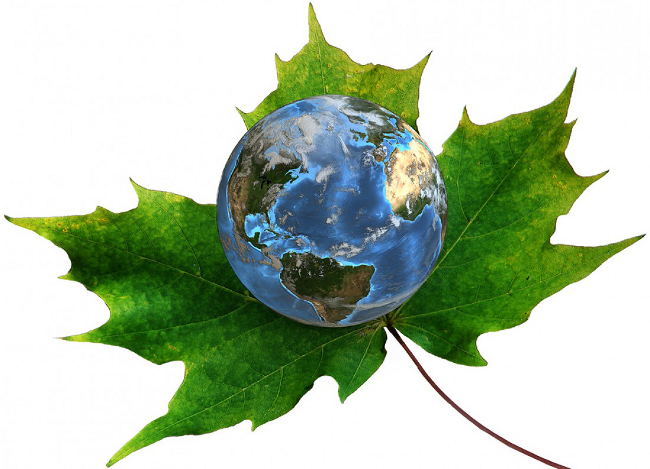Environmentally-Friendly Industrial Cleaning
 With the advancements in technology and mass production, it’s a shame that there are still cleaning methods that hurt rather than help the environment, adding thousands of tons of toxic secondary waste to our landfills each year.
With the advancements in technology and mass production, it’s a shame that there are still cleaning methods that hurt rather than help the environment, adding thousands of tons of toxic secondary waste to our landfills each year.
While traditional industrial cleaning methods result in the disposal and removal of “secondary waste” such as solvents, sand, or other cleaning agents, dry ice blasting does not produce any secondary waste.
Dry ice blasting eliminates the “secondary waste” by simply disappearing, eliminating the costs and concerns of more traditional methods.
Dry Ice Blasting has been approved by the EPA, FDA and the USDA.
Dry Ice Blasting Leaves No Carbon Footprint
Dry ice blast cleaning uses dry ice pellets created through a process beginning with liquid carbon dioxide (CO2). The dry ice is obtained as a byproduct of other industrial processes made from reclaimed CO2. It does not produce CO2 or add CO2 to the atmosphere, and therefore does not contribute to the greenhouse effect.
Upon impact, the dry ice creates a micro-thermal shock which breaks the bond between the coating of grime and the substrate. The high-pressure air stream removes the dirt from the surface, while the dry ice pellets vaporize, leaving only the removed debris to be cleaned, creating absolutely no secondary waste.
How Other Cleaning Methods Can Be Toxic
- Secondary Waste: Methods such as Sand Blasting, Soda Blasting, and even Water Blasting can leave toxic secondary waste to be cleaned up in addition to the toxic substrate.
- Downstream Contamination: Cleaning with Sand, Soda, or Water can result in downstream contamination which effects surrounding installations.
- Kills Surrounding Vegetation: Methods such as Soda Blasting, Chemical, and Solvent Cleaning can kill surrounding vegetation.
- Creates Toxic Waste: Chemical and solvent cleaning methods create toxic waste that must be disposed of.
- Harmful Work Environment Created: Workers are exposed to potentially harmful substances (airborne and secondary waste) through the use of chemicals and solvents.
